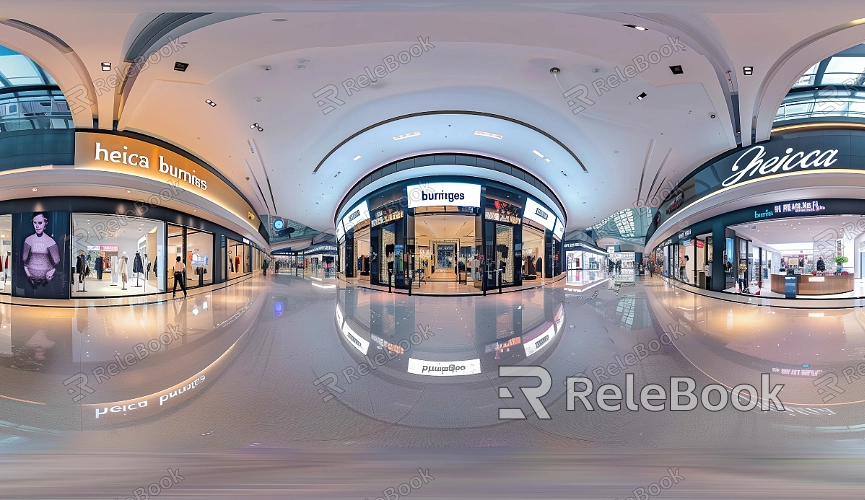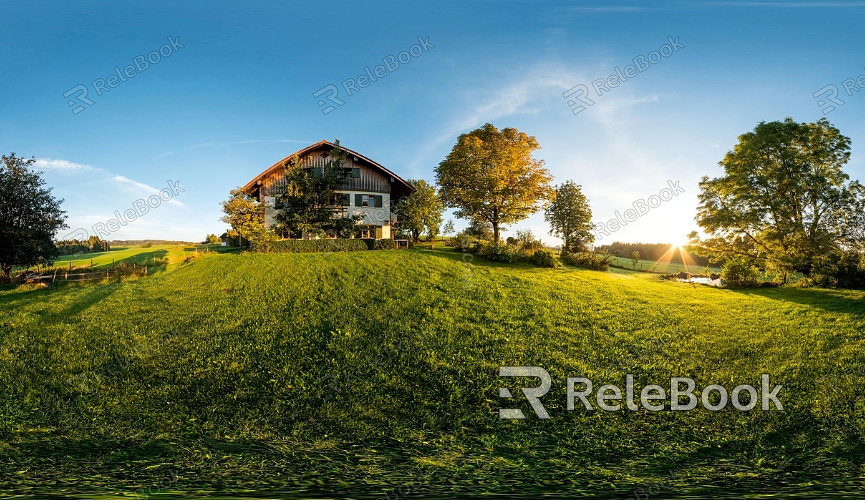Why Does SDR Sometimes Look Better Than HDR?
HDR technology is known for delivering superior image quality and richer colors, especially when rendering complex scenes or handling images with a wide range of hues. However, despite HDR's ability to offer a broader spectrum of brightness and color, there are instances where SDR images might actually appear more visually striking due to their simplicity and high contrast. This article explores why SDR can sometimes outperform HDR and provides solutions to help you optimize your image results in design.

1. Color Management Issues with HDR
Color Overflow
While HDR aims to enhance image quality by expanding the color range, this can sometimes result in color overflow, making images appear unnatural. For instance, not all displays can accurately render the full color gamut of HDR, leading to colors that may look unrealistic. On the other hand, SDR tends to offer more stable and consistent color representation within its limited range.
Display Compatibility
Not every monitor is equipped to display HDR content correctly. Older or lower-quality monitors may struggle to present HDR’s brightness and color accurately, causing the HDR image to fall short of expectations. In contrast, SDR images are typically more consistent across a wider range of displays, avoiding compatibility issues.
2. Challenges in Rendering and Post-Processing
Rendering Complexity
Rendering HDR images requires higher computational precision and more intricate settings, which can increase both render times and processing complexity. In some cases, SDR images, with their simpler processing demands, can be rendered more quickly and with greater control over color and brightness, avoiding the overexposure or color deviation that might plague HDR renders.
Post-Processing Intricacies
Post-processing HDR images involves more meticulous color adjustments and brightness controls. If these adjustments are not handled with precision, the image can become distorted or display abnormal colors. SDR images, however, require less complicated post-processing, making it easier to maintain visual consistency and quality.

3. Content and Application Scenarios
Visual Style
Certain visual styles or effects might be better suited to SDR. For example, specific artistic styles or retro effects may appear more vivid and engaging in SDR, whereas they might seem exaggerated or distorted in HDR.
User Experience
The end-user's visual experience can also be a factor. For general audiences, SDR images might be more appealing due to their higher contrast and color saturation. Designers need to consider the target audience and the display platform when choosing the appropriate format to ensure the best user experience.
4. Hardware and Technical Limitations
Hardware Performance
Handling HDR images demands more robust hardware, including more powerful graphics cards and higher-quality monitors. For some designers, existing hardware might not fully leverage HDR’s benefits, resulting in suboptimal image quality. Conversely, SDR images have lower hardware requirements, allowing for good performance even on more standard equipment.
Technical Support
Support for HDR in certain design software and rendering engines may still be underdeveloped or unstable. This can lead to technical difficulties or compatibility issues when working with HDR images. SDR images, however, typically enjoy broader technical support and more stable performance.
While HDR technology offers significant advantages in terms of color and brightness range, in practice, SDR images can sometimes outperform HDR due to their more stable color representation and lower processing complexity. Understanding the differences between HDR and SDR, and their performance in various application scenarios, can help designers make more informed choices.
If you’re seeking high-quality HDR images, 3D textures, and 3D model resources, Relebook offers a wide array of options to help you find the best materials for your design needs. Explore Relebook to streamline your design process and ensure that each project achieves its desired outcome.

